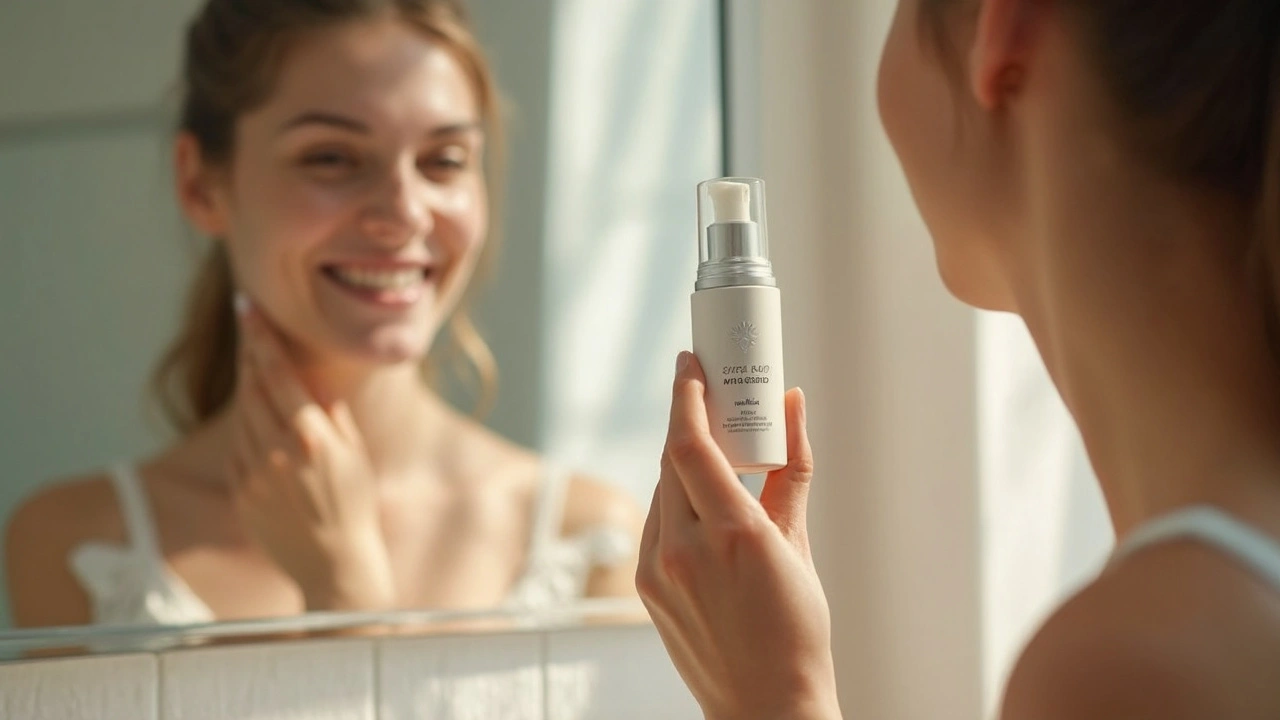Vitiligo Treatment Guide – Real Options That Can Help
If you or someone you know has vitiligo, the white patches can feel frustrating. The good news is there are several proven ways to slow the spread and bring back some colour. Below you’ll find the most common medical choices and easy at‑home steps that actually make a difference.
Medical Treatments You Can Try
Topical steroids are often the first pick for small patches. They work by reducing inflammation and can spark some repigmentation within weeks. Use them exactly as your doctor advises – too long can thin the skin.
Calcineurin inhibitors like tacrolimus cream are another steroid‑free option. They’re especially helpful on delicate areas such as the face or neck, and many people see colour return after a few months of consistent use.
Narrowband UVB phototherapy is the gold standard for larger areas. You’ll sit under a special light several times a week, and the ultraviolet rays stimulate melanocytes (the cells that make pigment). Most patients notice improvement after 12‑20 sessions.
If you need something more targeted, an excimer laser delivers focused UVB to stubborn spots. It’s quicker than whole‑body phototherapy but can be pricier and may require multiple visits.
For cases where other methods haven’t helped, surgical grafts like punch grafting or melanocyte transplantation are available. These procedures move healthy pigment cells from a pigmented area to the white patch. Recovery takes a few weeks, and results vary, so discuss risks with a dermatologist.
At‑Home Tips & Lifestyle Choices
Protecting your skin from the sun is crucial. Even though the patches lack melanin, the surrounding skin can still burn. Use a broad‑spectrum SPF 30 or higher daily, and reapply after swimming or sweating.
Keeping the affected skin moisturised helps reduce irritation and may support pigment return. Look for fragrance‑free creams with ceramides or hyaluronic acid.
Some people find that certain nutrients aid repigmentation. Foods rich in vitamin C, vitamin E, copper, and beta‑carotene – think citrus fruits, nuts, leafy greens, and carrots – are worth adding to your meals.
Stress can trigger or worsen vitiligo flare‑ups. Simple stress‑relief habits like short walks, deep breathing, or a hobby you enjoy can keep hormones balanced and may reduce new white spots.
If you’re exploring over‑the‑counter products, be cautious. Many creams claim miracle results but lack scientific backing. Stick to options recommended by your dermatologist.
Ultimately, the best plan mixes professional treatment with daily care. Talk to a skin specialist about which medical option fits your patch size and location, then back it up with sun protection, moisturisation, nutrition, and stress management. With consistency, many people see noticeable colour return and feel more confident in their skin.

Azelaic Acid for Vitiligo: Benefits, Science, and Real-Life Tips
May, 6 2025
